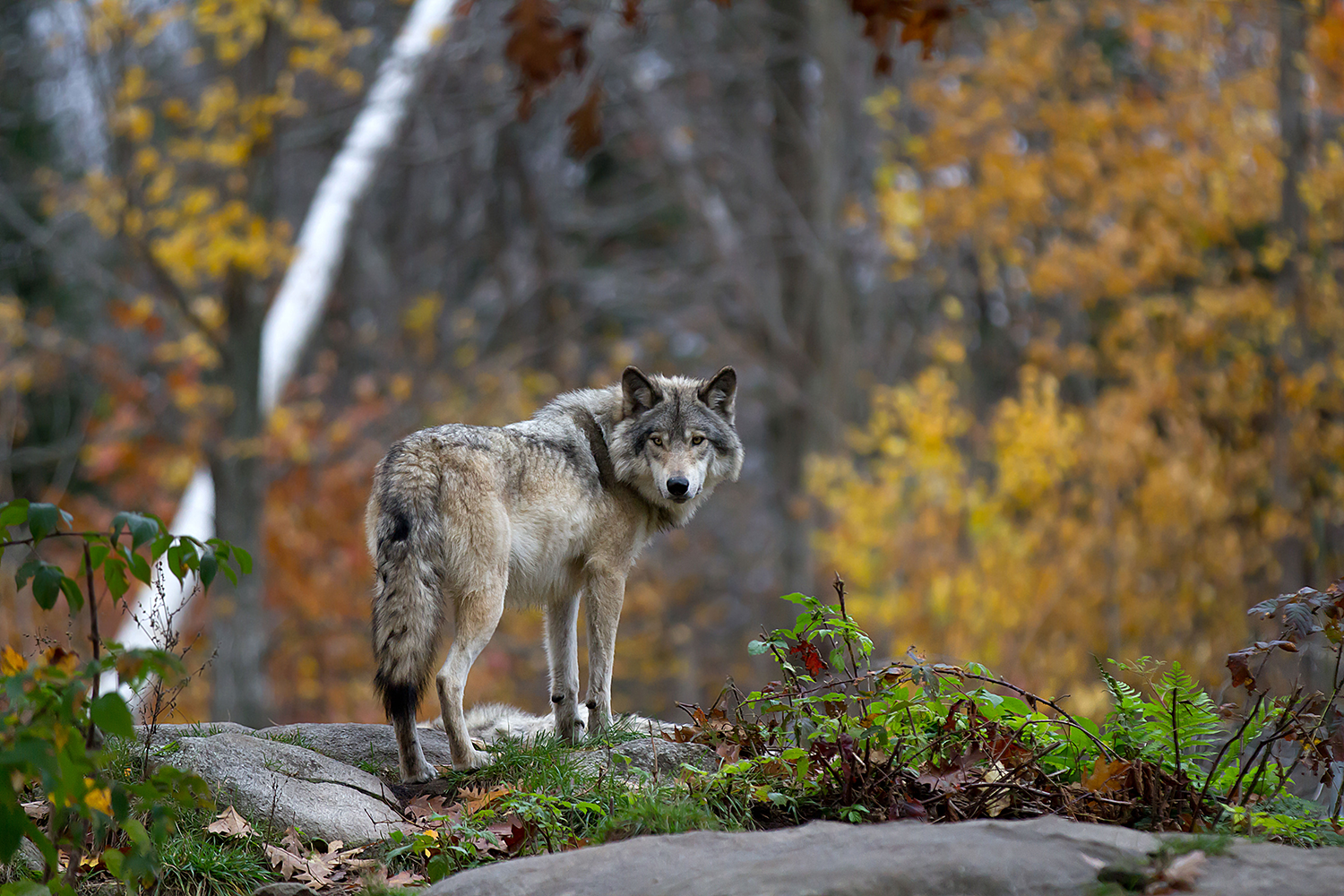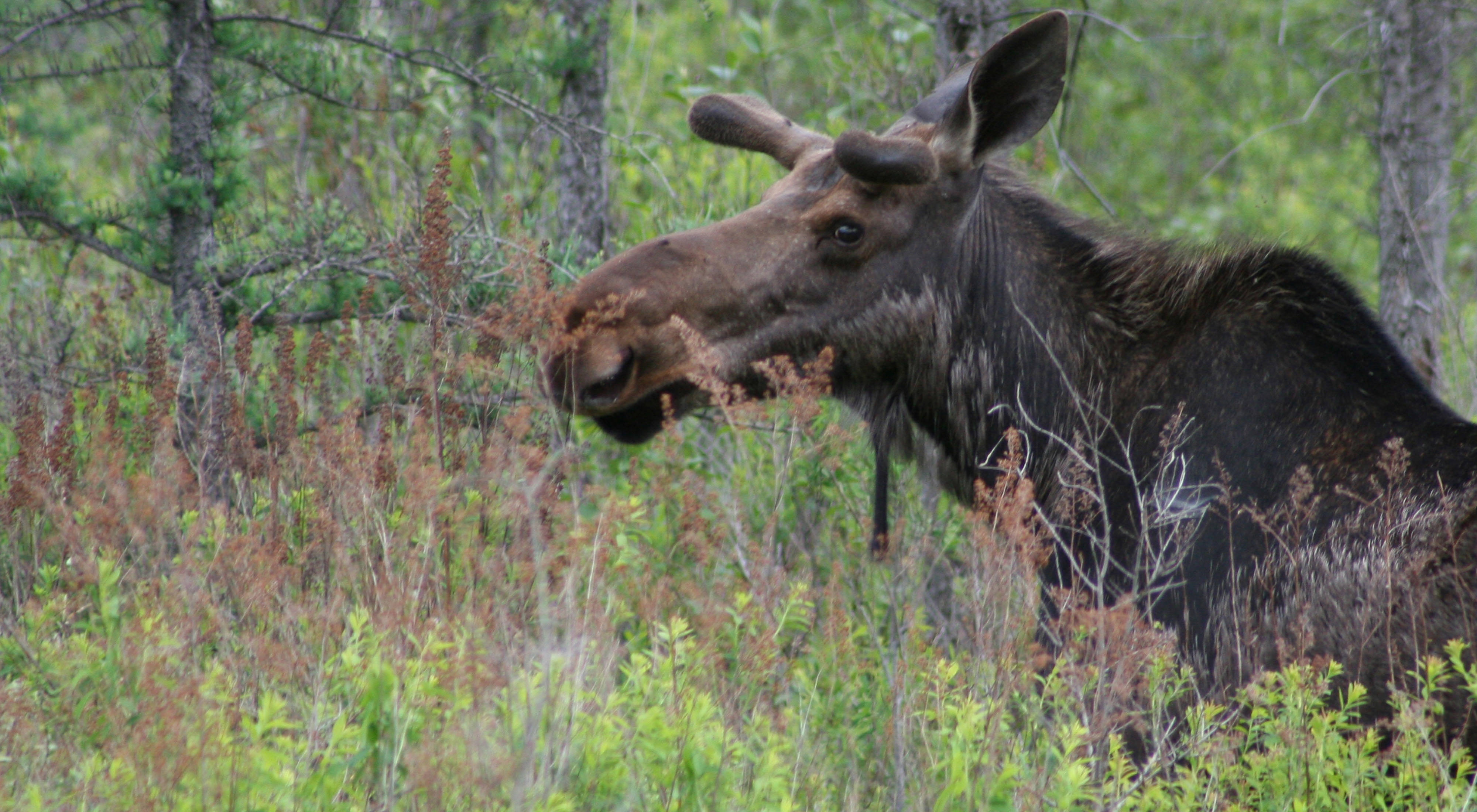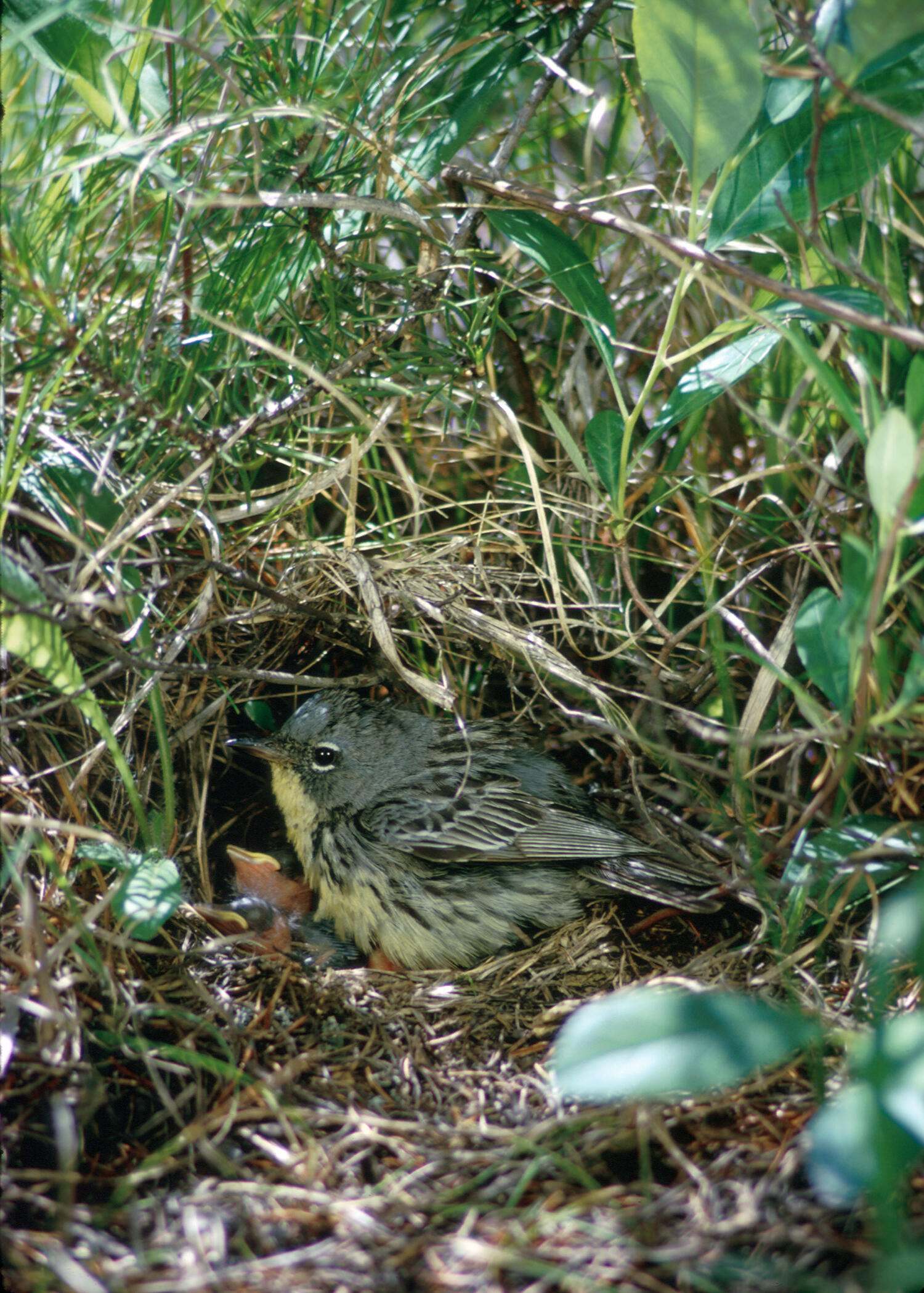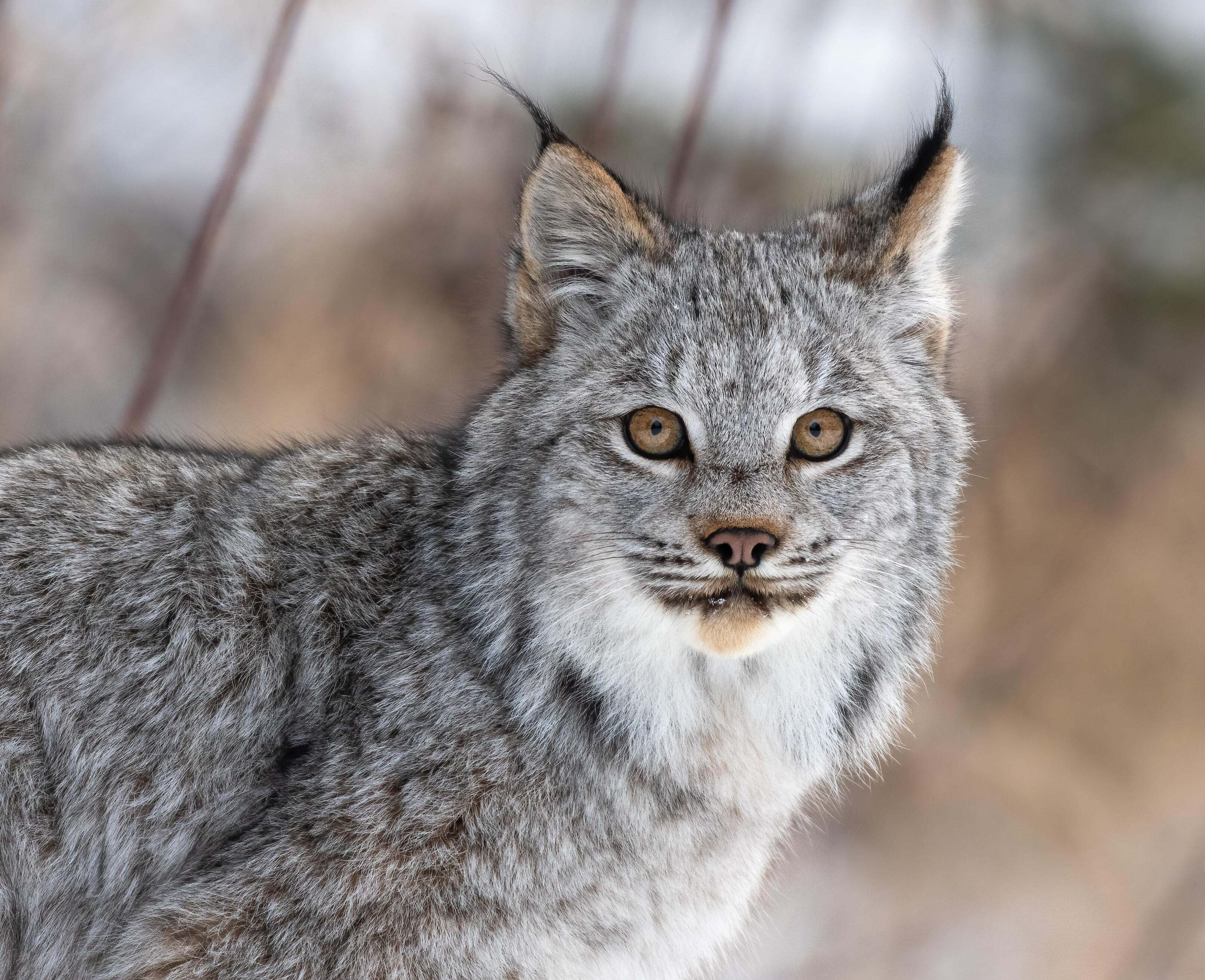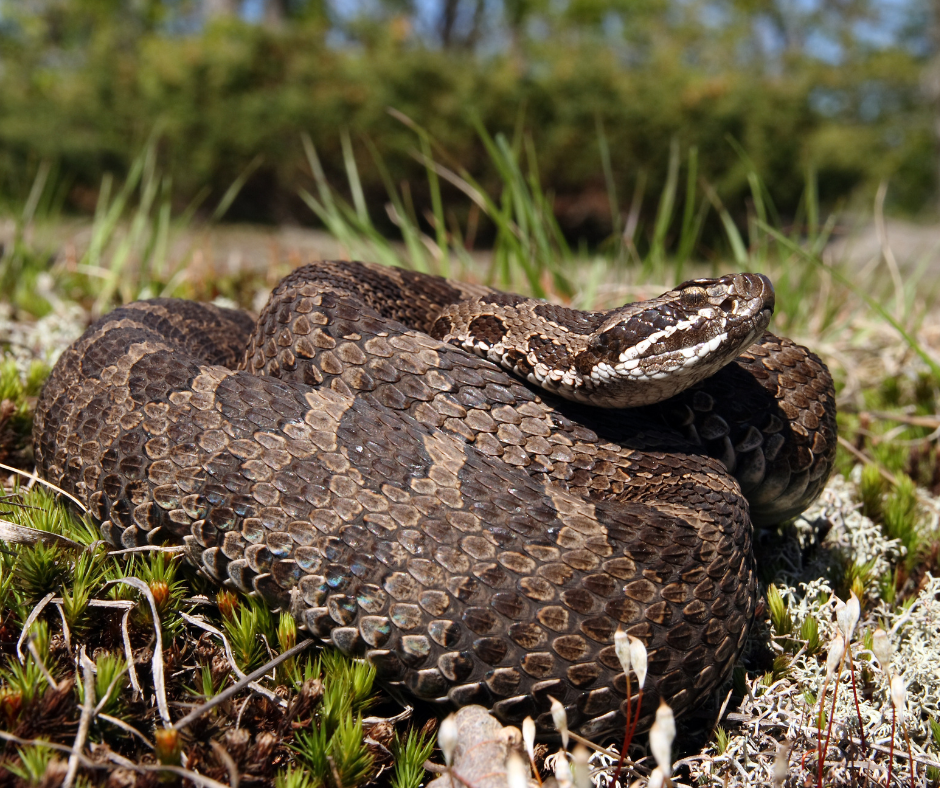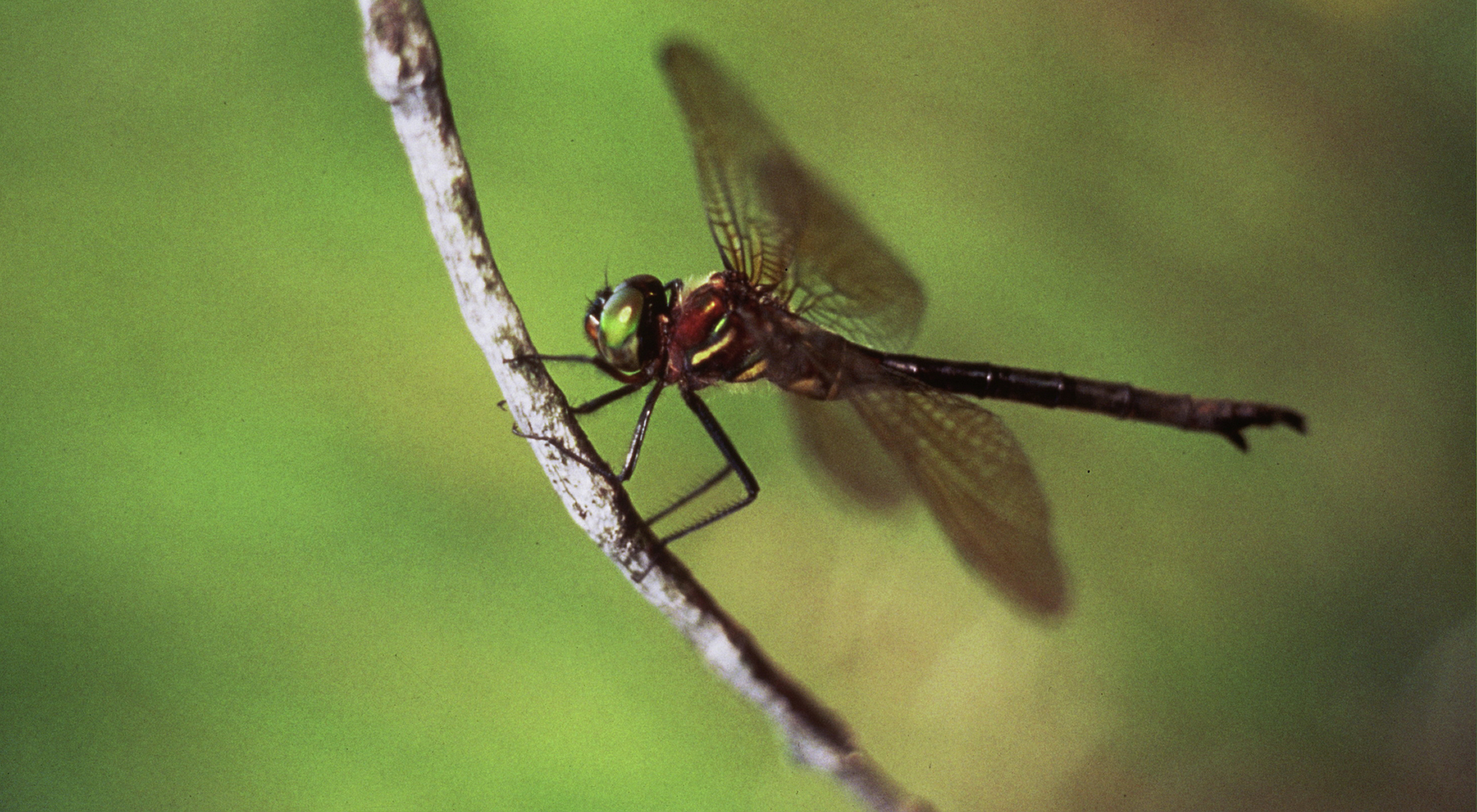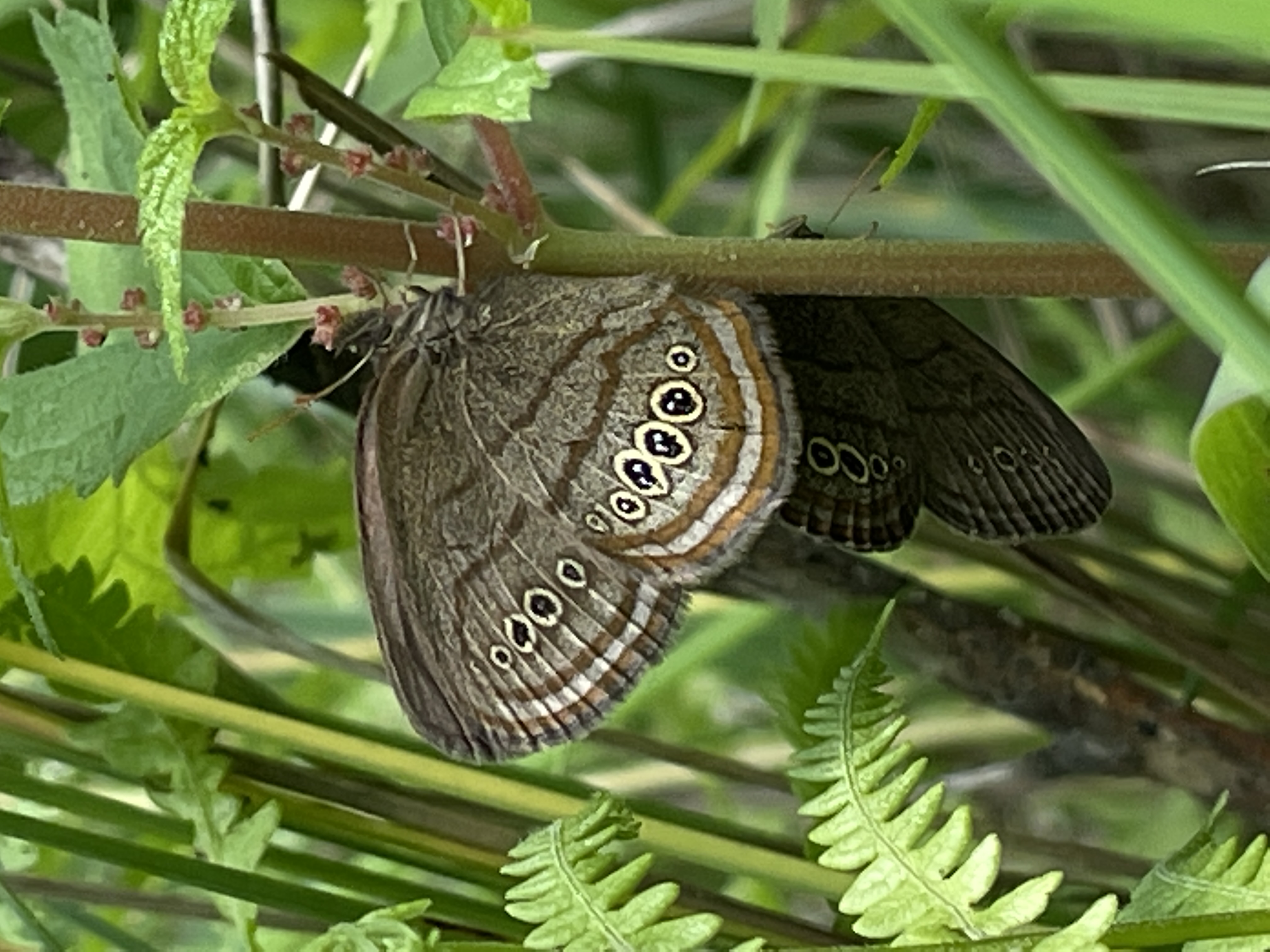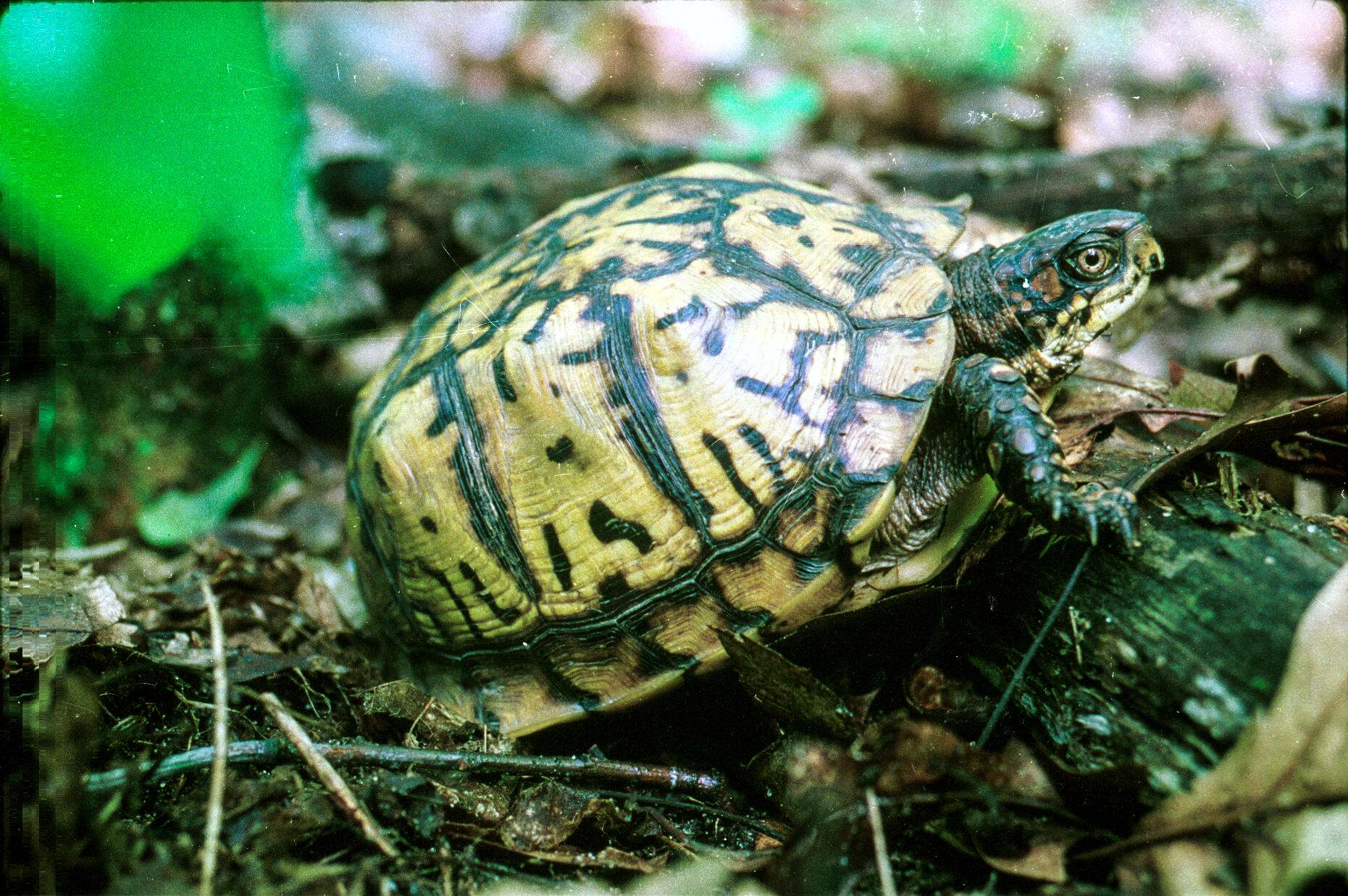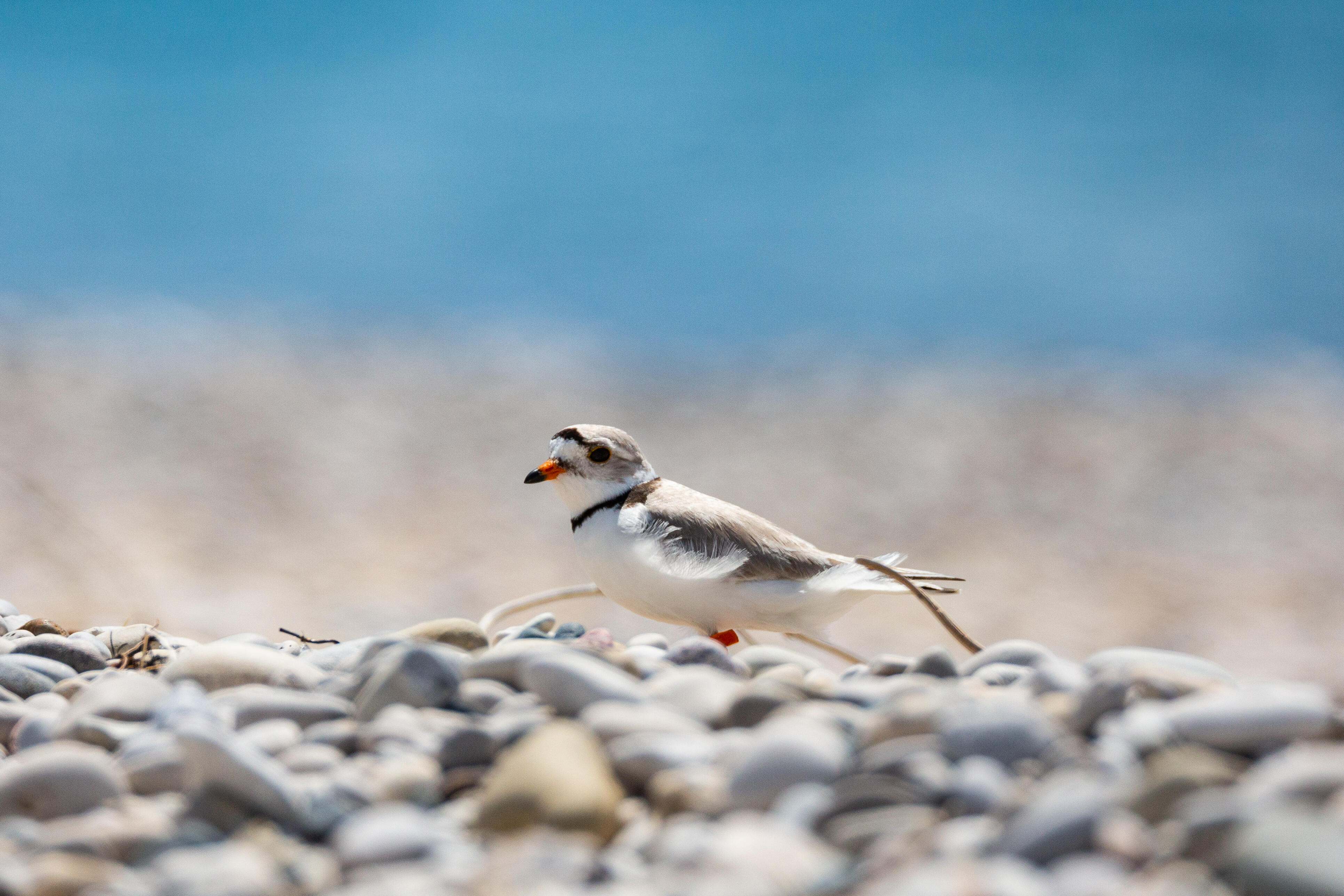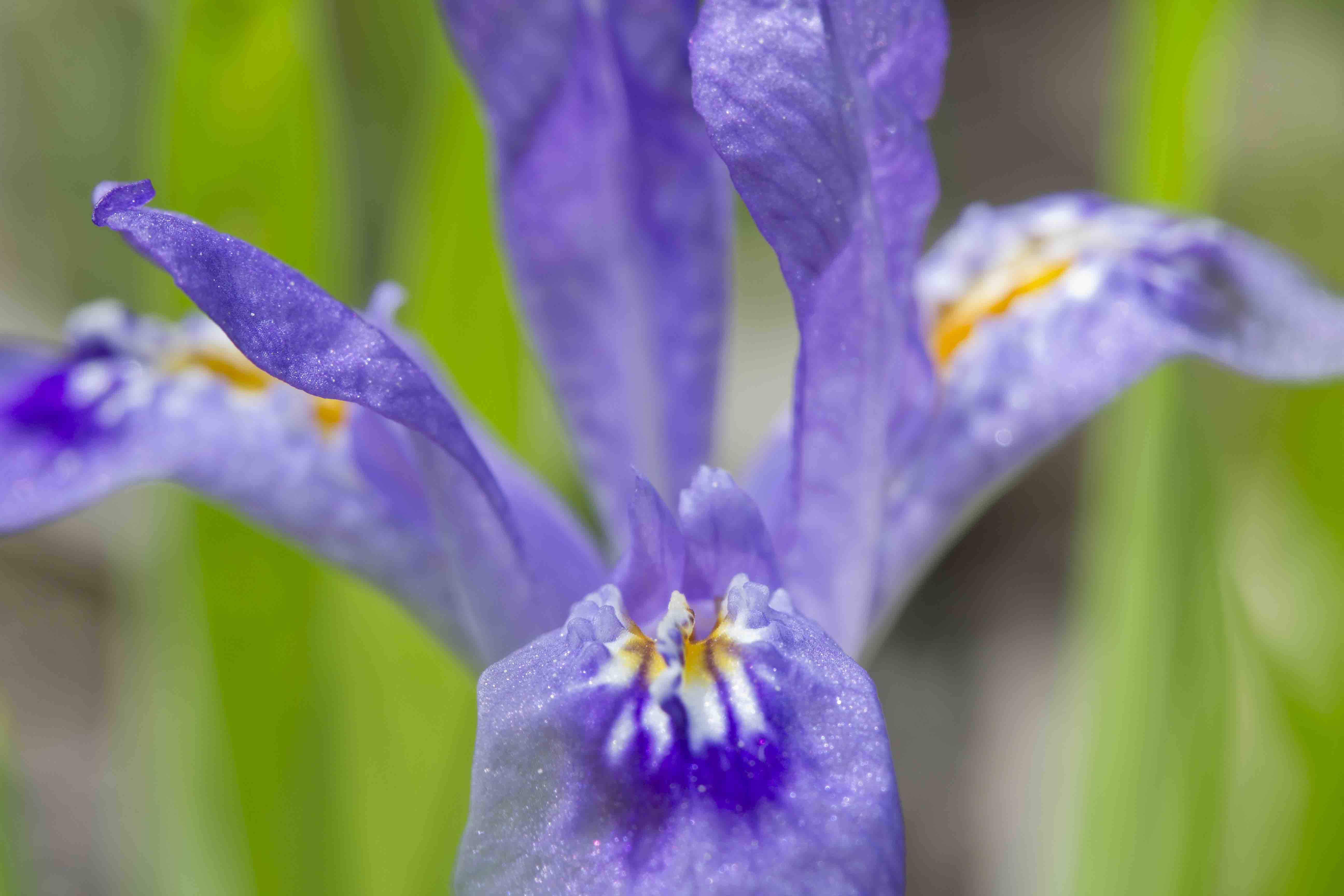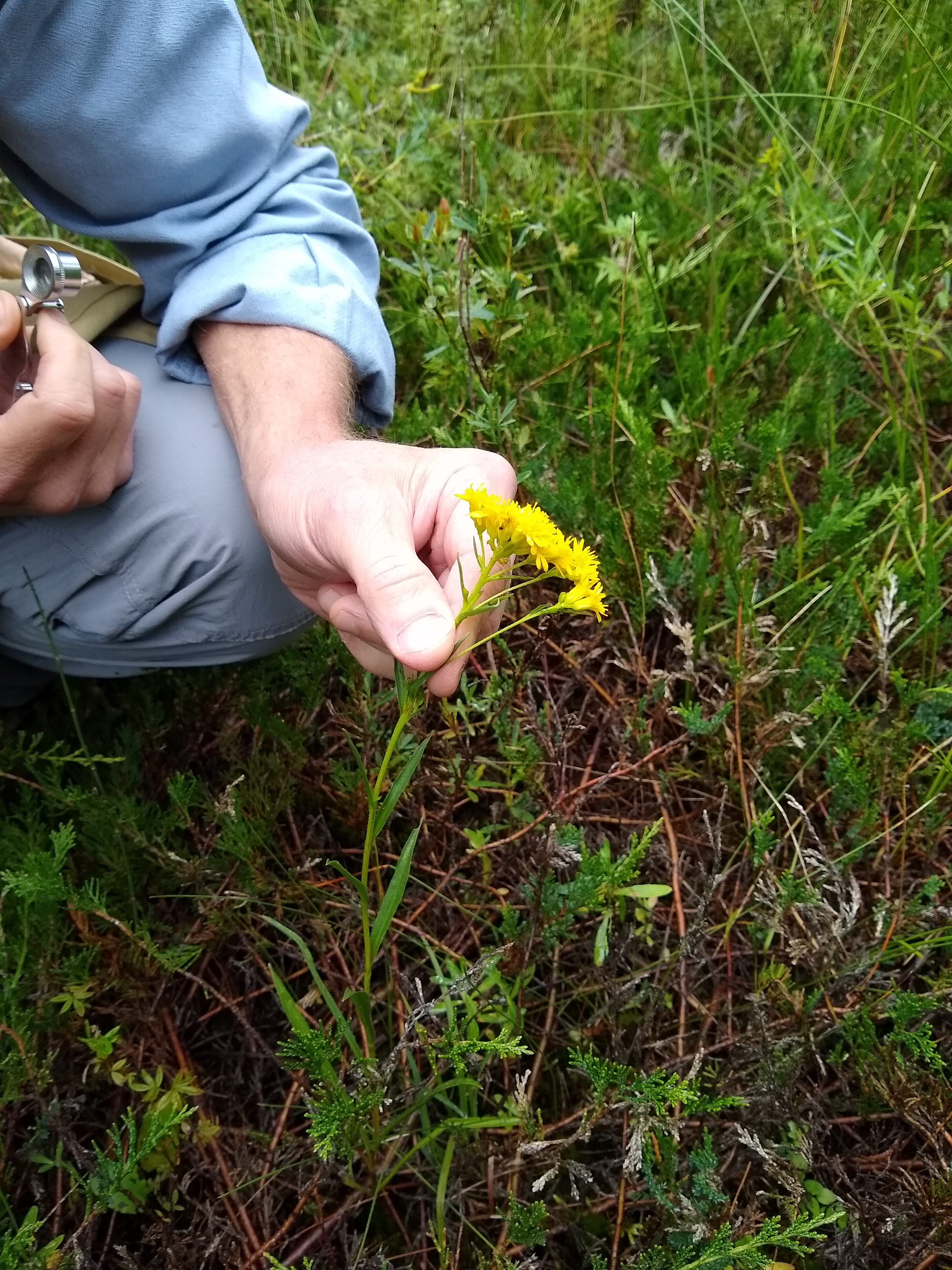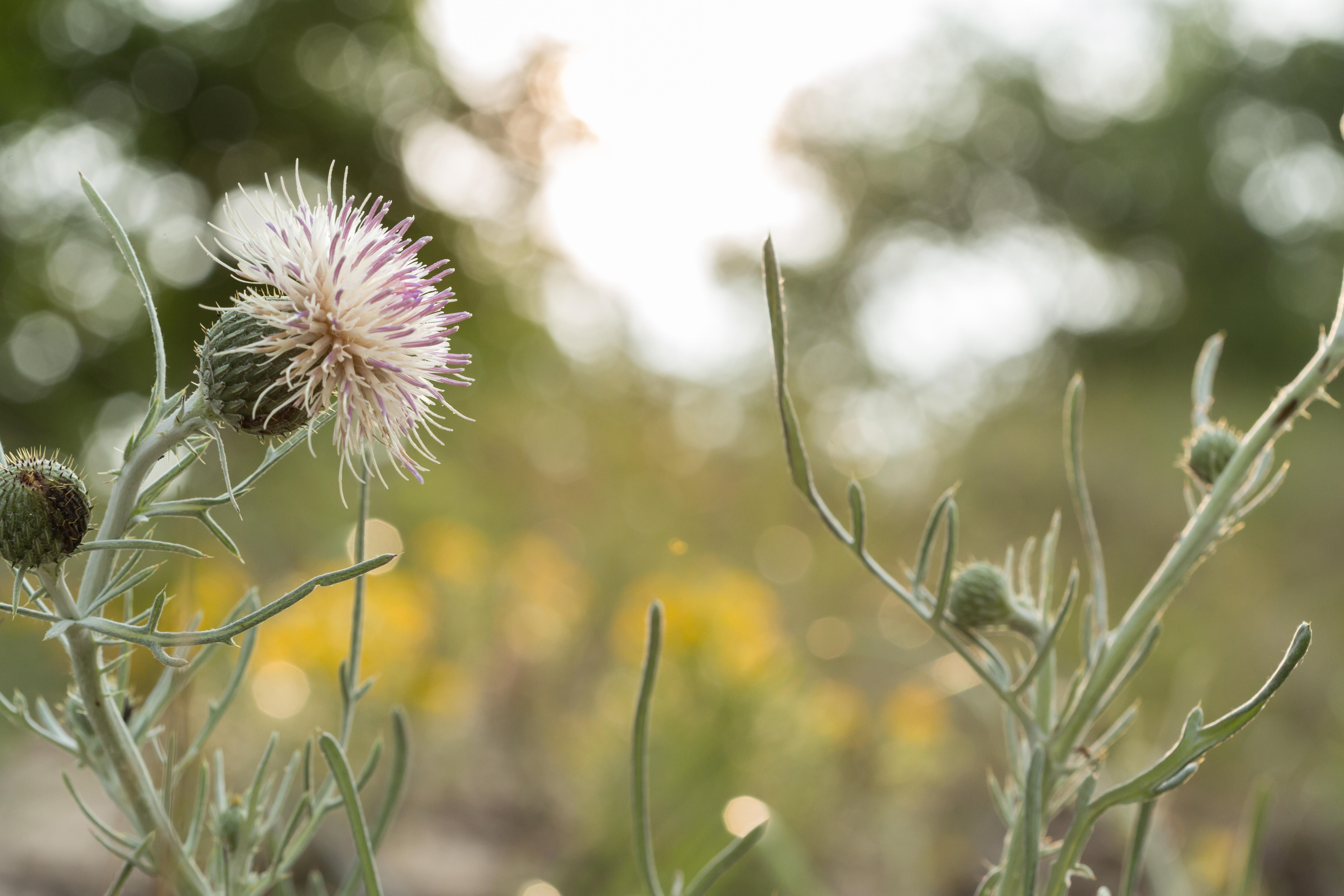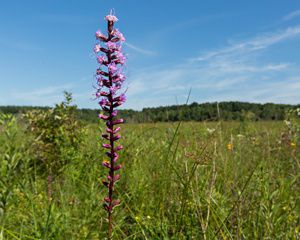
The Places that Protect Michigan’s Biodiversity
These important landscapes provide food and shelter for endangered or threatened species across Michigan.
Keep scrolling to learn about plants and wildlife
Picture this. You’re on a hike at Echo Lake Nature Preserve in Michigan’s Upper Peninsula. As you walk along the cool, quiet path you pause to watch a blue-spotted salamander slink along the forest floor. Further down the trail you hear the call of a black-throated green warbler as they dart through the thick trees. Nearing the overlook above Echo Lake, you stop to identify the delicate petals of the big-leaf sandwort. As you finally near your destination, you train your binoculars to the water’s edge where you can see a moose ambling along.
This is biodiversity. All around you, from the lichen covering a nearby rock to the insect buzzing past your ear, organisms are interacting. Including you! This variety of life, the communities they form, and habitats in which they live make up life as we know it. But life is now changing. Nature and wildlife are declining around the world at an unprecedented rate.
Here in Michigan, we’re working alongside our partners to protect our state’s biodiversity. This work comes in many forms, including the preservation, restoration and reconnection of valuable habitats here in Michigan and across the Great Lakes.

Biodiversity in Michigan and the Great Lakes
The North American Great Lakes are the world’s largest freshwater ecosystem. Both in and around them are irreplaceable biological features like coastal plants and animals, deep-water fish, and the world’s largest system of freshwater dunes. However, the Great Lakes face a number of critical problems including climate change, pollution, invasive species and more.
These problems extend onto our shores and throughout Michigan's complex natural landscape, impacting natural communities and many species—some of which are endemic to the region. Across the Midwest, reductions in landscapes like wetlands and forests are causing a decline in biodiversity.


Endangered and Threatened Species in Michigan
While great work is under way across Michigan to address the challenges facing biodiversity, there are some species that have already been so greatly impacted that they require protection. The Endangered Species Program of the Michigan Department of Natural Resources and the Michigan Natural Features Inventory maintains a detailed list of the plant and animal species in Michigan that have been categorized as Endangered, Threatened and Probably Extirpated. These species are protected under the Endangered Species Act of the State of Michigan. Species of Concern are also listed, although these species are not currently protected under the act.
-
Endangered
This designation indicates that the species is in danger of extinction through all or a significant part of its range.
-
Threatened
This designation indicates the species is likely to become endangered within the foreseeable future.
-
Species of Concern
In Michigan, this designation indicates that—while not protected by law—the species requires protection to prevent them from becoming threatened or endangered.
-
Presumed Extirpated
Species with this designation are assumed to have been annihilated.
All of this information can feel overwhelming. But there’s reason to hope. From full restoration efforts in areas impacted by invasive species to planting native plants in home gardens, individuals, organizations, and volunteers across Michigan are all working to preserve the habitats these species need to thrive.
Help Protect Michigan's Biodiversity
You have the power to make a difference for the Great Lakes State and for our planet.
Support Our WorkLandscapes in Michigan
With its freshwater shores, vast forests and expansive waters, Michigan has a diverse landscape with a variety of native ecosystems. The lands and waters that TNC protects contain an abundance of life—including species that have been classified as endangered or threatened. Read on to learn about some of the landscapes that TNC manages and some of the species they protect.
Forests
Just over half of Michigan is forested. These 20 million acres represent a vital part of Michigan’s nature, providing a home to iconic wildlife like the gray wolf, black bear and migratory songbirds that fill the trees with color in the spring. TNC protects Michigan’s forests in a variety of ways, including land acquisition, conservation easements and many partnerships.
Scientific research has identified the Michigamme Highlands of the Upper Peninsula as some of the most resilient land in Michigan, providing a range of habitats and topographies—across 1,200 square miles of forestland—that can sustain natural diversity in a changing climate. In this remote and beautiful region of the northern Great Lakes, TNC is working with partners and supporters to create a conservation corridor of protected lands, linking and strengthening existing conservation areas.
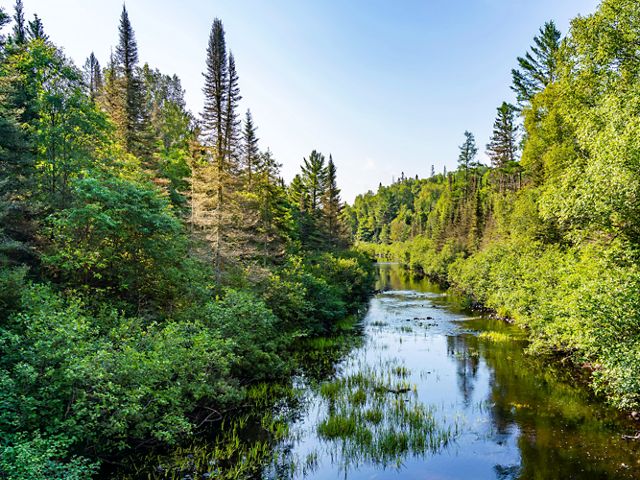
Part of this project is TNC’s Wilderness Lakes Reserve—a mostly contiguous area of over 19,000 acres of protected forestland. By connecting a network of protected lands to create this corridor, iconic Michigan wildlife like moose and eastern gray wolves have the room they need to roam. Both of these species used to reside across the state but are now primarily found in Michigan's Upper Peninsula. Providing a contiguous stretch of forest is essential to ensure their continued presence in Michigan forests.
Can you guess these forest species?
The species below all call Michigan forests home and are listed as threatened, endangered or a species of interest. Select each image to learn more.
Wetlands
Wetlands support an incredible diversity of life. One of the most productive ecosystems in the world, wetlands can be thought of as “biological supermarkets” that produce immense amounts of food and attract and sustain countless numbers of animal species. Unfortunately, they're in danger. In some states, as much as 90% of wetlands have been destroyed. TNC is working across the Midwest to study, protect, restore and spread the word about wetlands.
One of the more unique and rare features are the wetlands in southern Michigan, called fens. These wetlands receive water from underground springs rich in minerals instead of from rainwater. TNC’s fens function as filters for the Paw Paw River and River Raisin watersheds and serve as the headwaters for the Grand River, our state’s longest river. They are also special because they host many rare plants and insects.
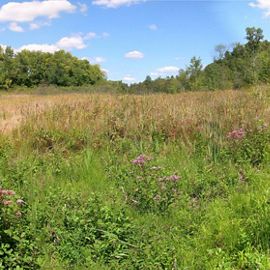
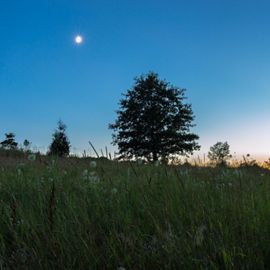
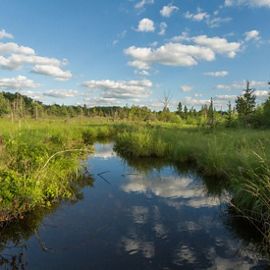
Visit a local fen
Southern Michigan Fens
Visit a Fen These nature preserves are open to all Michiganders interested in visiting. Click on the pins to learn more about the preserve and plan your visit in advance.
To protect and restore our rare wetland fens, we are actively working at Ives Road Fen, Grand River Fen and Paw Paw Prairie Fen. Prairie fens are found in the southern part of the state and are especially susceptible to invasive plant species. TNC staff and dedicated volunteers have spent years removing invasive species from the preserves, making room for native species to flourish.


We also use prescribed fire—known as a controlled burn—to protect these fragile ecosystems. Due to an evolutionary history that included regular, landscape-level wildfire, fens require fire for their health and growth. Without it, they may be unable to regenerate. To prevent the sort of destruction that can occur from wildfire but still provide ecosystems with the benefits they need, land managers from TNC conduct controlled burns in these areas.
Can you guess these wetland species?
The species below all call Michigan wetlands home and are listed as threatened, endangered or a species of interest. Select each image to learn more.
Dunes
Along Michigan’s shores are towers of sand that make up the world’s largest freshwater dune system. This unique landscape is home to a variety of life—including threatened and endangered species like piping plover and Pitcher’s thistle. Shoreline development, invasive species and incompatible recreational use all threaten the health of these special areas.
For over a decade, TNC worked with the Michigan Dune Alliance partnership to protect this valuable resource. One part of that is controlling invasive species—plants that are not native to the region and whose populations expand rapidly. Among this threat is something you’ve likely seen before. Baby’s breath—common in bouquets and at weddings—poses a real threat to our dune systems, taking over and outcompeting native species.
At TNC’s Zetterberg Preserve at Point Betsie, we used safe and effective techniques to remove baby’s breath from the preserve. One option is through mechanical removal which requires the use of a steel shovel to sever the tap root. In some cases, we also use a chemical control. The dunes here provide critical habitat for rare species, including Pitcher’s thistle. They have also been identified as a potential nesting site for piping plover as the population of this endangered species recovers. Through these efforts, we provide them with a better chance to thrive.
Can you guess these freshwater dune species?
The species below all call Michigan's freshwater dunes home and are listed as threatened, endangered or a species of interest. Select each image to learn more.
The Path Forward
All is not lost for Michigan's many plant and animal species. While, historically, efforts have been made to improve the conditions for individual species—like the protection of piping plover nesting areas through the use of “enclosures”—conservation planners are shifting focus to improving entire habitats. A healthy, functional habitat doesn’t just increase the survivability of one species, it also gives other native species, that may not be listed as endangered, a better chance at continued survival.
Work is happening across the state to ensure important landscapes remain to support all life. Through careful conservation planning, TNC has been at the forefront of efforts to improve entire habitats. But you don’t have to work in conservation to make a difference for biodiversity. Plant native plants in your garden, be a steward of the lands you visit, and volunteer or give to your local conservation organization. Together, we can turn things around.

Looking for More Ways to Get Involved?
Sign up to receive monthly conservation news and updates from Michigan. Get a preview of Michigan’s Nature News email.
